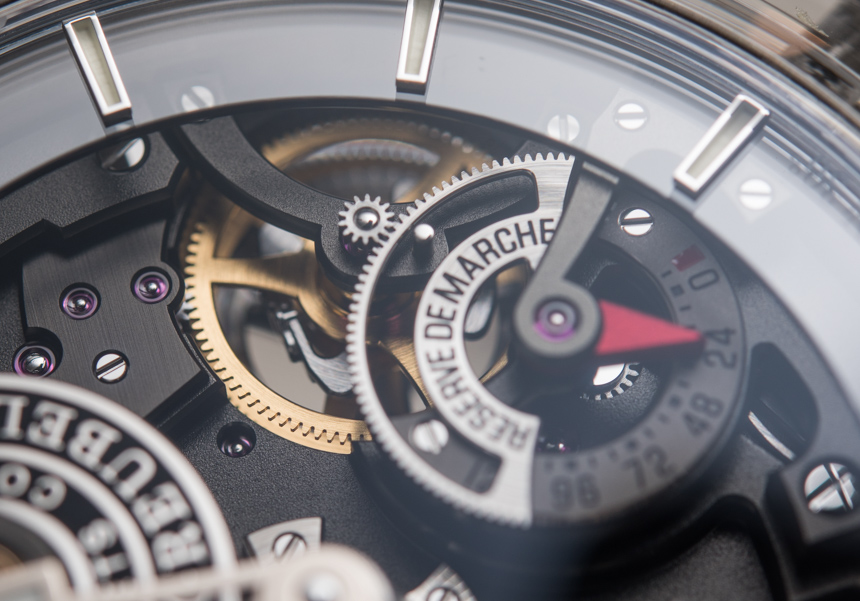1. Watch Culture: Davide Cerrato

By now, many readers would be aware of Tudor and its recent successes. Many attribute Tudor’s success to the fact that it’s the sister company of Rolex – how can it fail if it’s backed by what is arguably the most powerful brand in watchmaking? In fact, some would argue that Tudor’s success has more to do with Davide Cerrato than Rolex. At Tudor, Cerrato was in charge of marketing and communication, along with product development. And he attributes this dual-role to the success of the brand. Not only did it speed up development, he was also able to perfectly craft messages that would resonate strongly with watch lovers. Find out more about this enigmatic man here.
Source: Revolution
2. Is the Omega Seamaster 300 the best modern dive watch on the market?
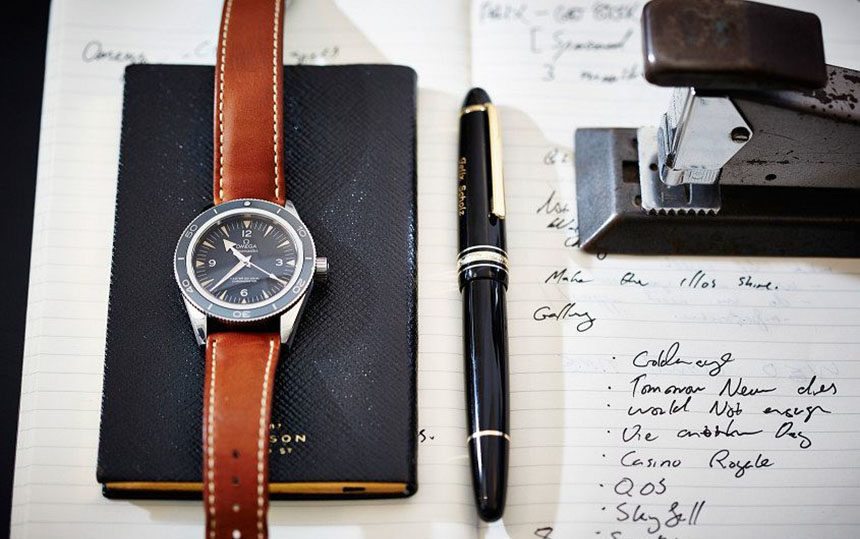
Dive watches are popular for many reasons, but I think people like them because they are built to last. They are also often super versatile. Though they are arguably more at home at the beach or by the poolside, they often won’t look out of place in meeting rooms as well. And one of the best modern dive watches you can find today is, I think, Omega’s Seamaster 300 Master Co-Axial. It’s the perfect blend of vintage-inspired good looks and modern technology. Don’t just take my word for it, check it out for yourself here.
Source: Time+Tide
3. Are There Too Many High-End Watches?
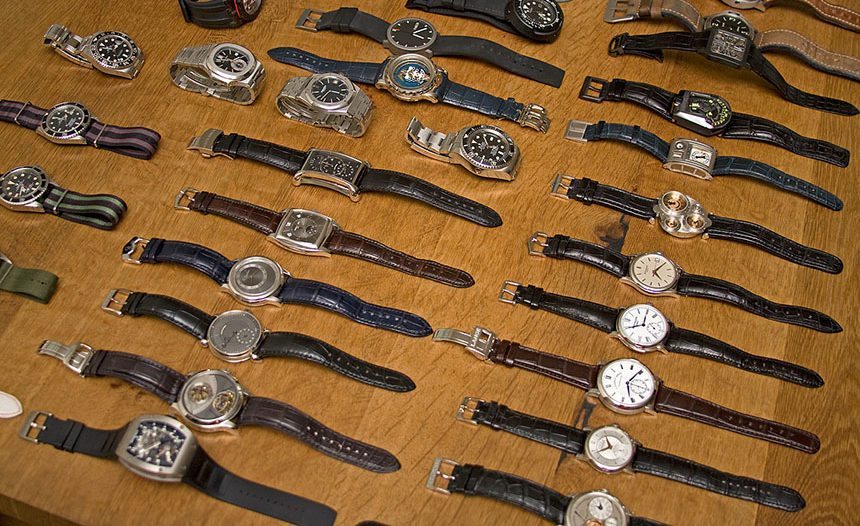
Many are led to believe that high-end watches are rare, but are they really? This article sheds some light on the subject. What’s noteworthy are the figures quoted: Jaeger-LeCoultre makes something like 75,000 pieces a year; while Audemars Piguet makes substantially fewer, at 40,000; Patek Philippe reportedly churns out 60,000 watches a year. Admittedly, not all of these are super exclusive high complications pieces, but consider that these are only three brands and there are still so many other high-end brands we haven’t mentioned. Even if 1% of the watches that they make a year are high-complication pieces, that’s a lot of really complicated high-end watches. So the question to ask is, how many super high-end watches are actually out there, and are they really that rare? Something well worth pondering.
Source: Watches by SJX
4. Valjoux 72 – The Driver’s Engine
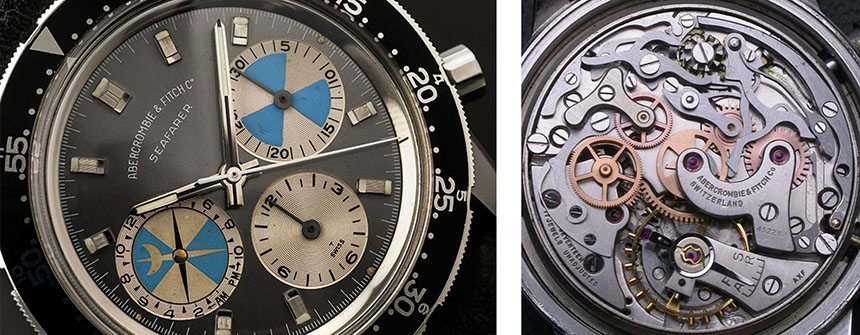
It’s not an overstatement to say that the Valjoux 72 is one of the most important movements in all of horology. The Valjoux 72 was in production for over 30 years, from around 1938 to 1974, and made its way into what many today would consider iconic watches like the Breitling Navitimer, various Carreras and Autavias from Heuer, and even the Rolex Daytona. It’s a veritable workhouse, and it’s a movement that readers should get acquainted with if they are considering dipping into the interesting world of vintage chronograph watches.
Source: Worn and Wound
5. The Entire Collection of MB&F Watches in Retrospective, including Video and Tons of Live Photos
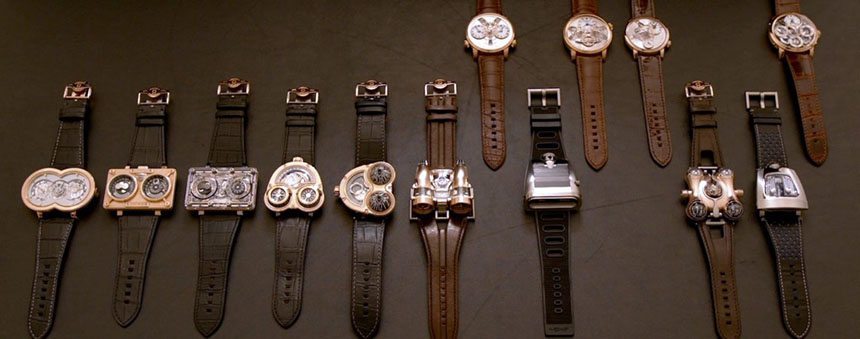
It’s not easy being an independent watch company. There are numerous barriers to entry, and watch buyers are notoriously fickle. With that in mind, it is amazing that MB&F not only managed to survive, but even thrived. In the brand’s 11-year history, MB&F has consistently come up with watches that are technically interesting and aesthetically exciting – that’s a rare combination in this business. My personal favorite is the recently released and highly complicated LM Perpetual. Find out more about MB&F and take a look at their entire collection here.
Source: Monochrome Watches

